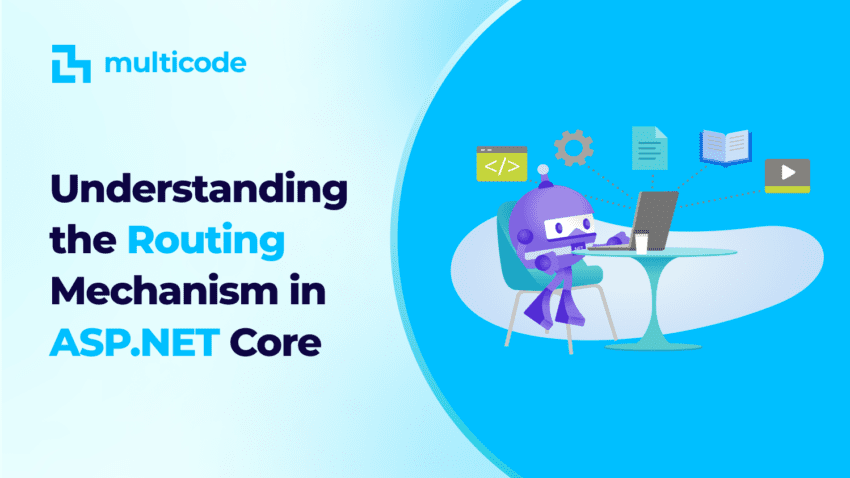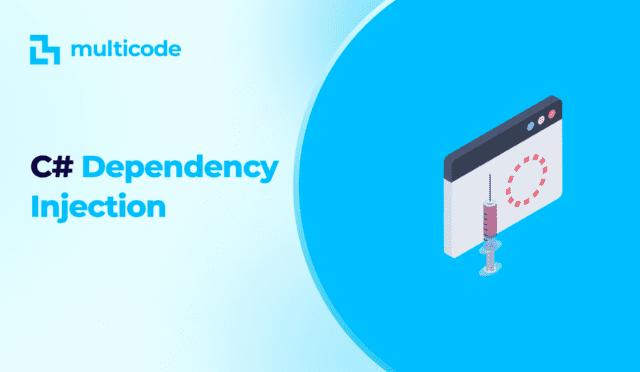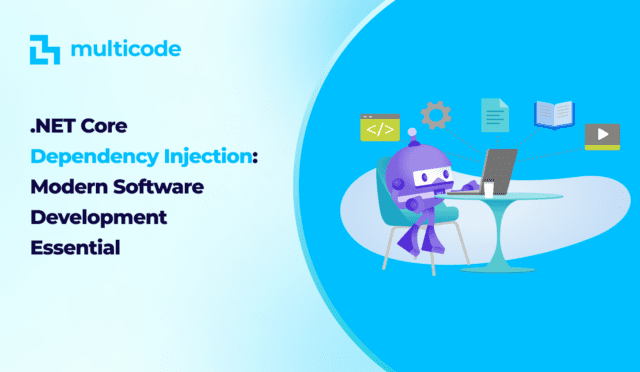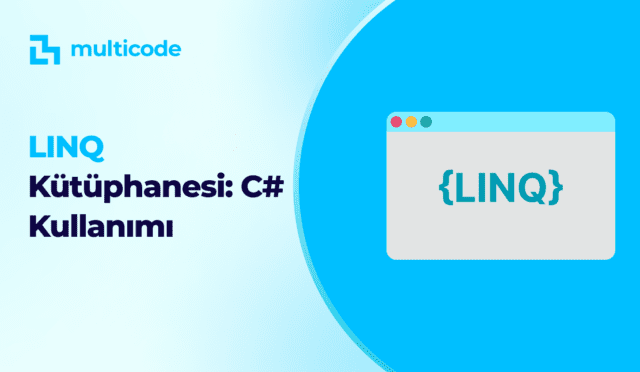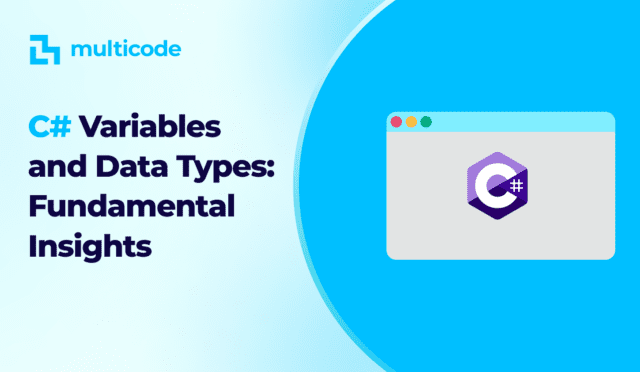Introduction

ASP.NET Core is a powerful framework for building dynamic web applications. In this article, we will explore the fundamentals of routing in ASP.NET Core. Routing is crucial for directing incoming HTTP requests to the appropriate handlers within an application. Our focus keyword will be ASP.NET Core Routing.
What is Routing?
Yönlendirme, kullanıcı isteklerinin doğru controller veya endpoint’e yönlendirilmesini sağlar. ASP.NET Core’da yönlendirme iki ana şekilde yapılandırılabilir: Konvansiyonel Yönlendirme ve Attribute Yönlendirme.
Conventional Routing
Conventional routing is defined in the Startup.cs file and is based on predefined URL patterns. This method directs URLs matching certain patterns to specific controllers and actions.
app.UseEndpoints(endpoints =>
{
endpoints.MapControllerRoute(
name: "default",
pattern: "{controller=Home}/{action=Index}/{id?}");
});Attribute Routing
Attribute routing is defined directly on controllers and actions, offering a more flexible and readable routing structure.
[Route("api/[controller]")]
public class ProductsController : ControllerBase
{
[HttpGet("{id}")]
public IActionResult GetProduct(int id)
{
//...
}
}Middleware and Endpoint Routing
ASP.NET Core uses middleware to handle routing. The UseRouting and UseEndpoints middleware direct requests to the correct endpoint.
app.UseRouting();
app.UseEndpoints(endpoints =>
{
endpoints.MapControllers();
});Route Constraints and Custom Route Handlers
Route constraints enforce criteria for URL matching. Custom route handlers manage complex routing scenarios.
[HttpGet("{id:int:min(1)}")]
public IActionResult GetProduct(int id)
{
//...
}Challenge Solution
Here’s a sample solution for creating a complex routing scenario:
1. Define a Complex Route: Add the following route in your Startup.cs file.
app.UseEndpoints(endpoints =>
{
endpoints.MapControllerRoute(
name: "productRoute",
pattern: "products/{category}/{id:int:min(1)}",
defaults: new { controller = "Products", action = "Details" });
});2. Controller Action: Create a ProductsController with a Details action.
public class ProductsController : Controller
{
public IActionResult Details(string category, int id)
{
// Fetch product details based on category and id
var product = GetProduct(category, id);
if (product == null)
{
return NotFound();
}
return View(product);
}
private Product GetProduct(string category, int id)
{
// Logic to retrieve product from the database
// For demonstration, returning a mock product
return new Product { Id = id, Category = category, Name = "Sample Product" };
}
}3. Testing the Route: Run your application and navigate to /products/electronics/1. This should direct to the Details action in the ProductsController and fetch the product details.
ASP.NET Core Routing is a mechanism that matches incoming HTTP requests to the appropriate controller actions or endpoints in a web application. It defines how URLs are mapped to controllers and their actions.
Routes can be defined using conventional routing in the Startup.cs file or attribute routing directly on the controllers and actions. Conventional routing uses a predefined URL pattern, while attribute routing uses attributes on controller methods.
Conventional routing is defined in the Startup.cs file and uses predefined patterns for routing. Attribute routing is specified directly on controller actions using attributes, allowing for more flexibility and readability.
Middleware components such as UseRouting and UseEndpoints are essential for setting up routing in ASP.NET Core. They process incoming requests and direct them to the appropriate endpoint based on the routing configuration.
Route constraints are conditions that must be met for a route to match an incoming request. They can enforce data types, value ranges, and other criteria for URL parameters.
Yes, ASP.NET Core supports using both conventional and attribute routing within the same application. This allows developers to choose the best routing strategy for different parts of the application.
ASP.NET Core uses SignalR to handle real-time web functionality. SignalR enables bi-directional communication between the server and client, allowing for real-time updates and interactions.
Endpoint Routing in ASP.NET Core is a system that matches requests to endpoints defined in the application. It separates the routing configuration from the middleware, making the routing process more flexible and efficient.
Complex routing scenarios can be configured using route templates with dynamic parameters and constraints. Custom route handlers can also be used to manage more advanced routing needs.
Best practices for optimizing routing include using attribute routing for clarity, defining clear and concise route templates, leveraging route constraints for validation, and separating concerns by using middleware effectively.
Results
#1. What is the primary purpose of routing in ASP.NET Core?
#2. Which file typically defines conventional routing in an ASP.NET Core application?
#3. In attribute routing, where are routes defined?
#4. What is a route constraint in ASP.NET Core?
#5. What is the purpose of the [HttpGet(“{id:int:min(1)}”)] attribute in a controller action?
#6. Which ASP.NET Core feature allows real-time web functionality?
Challenge: Create a route in your ASP.NET Core application that handles URLs in the format /products/{category}/{id:int:min(1)}. Write the necessary code in Startup.cs and a controller to handle this route.
References
https://learn.microsoft.com/en-us/aspnet/core/fundamentals/routing?view=aspnetcore-8.0
https://www.c-sharpcorner.com/article/routing-in-asp-net-core/
https://www.buraksenyurt.com/post/AspNet-Core-Routing-Mekanizmas%C4%B1n%C4%B1-Kavramak
